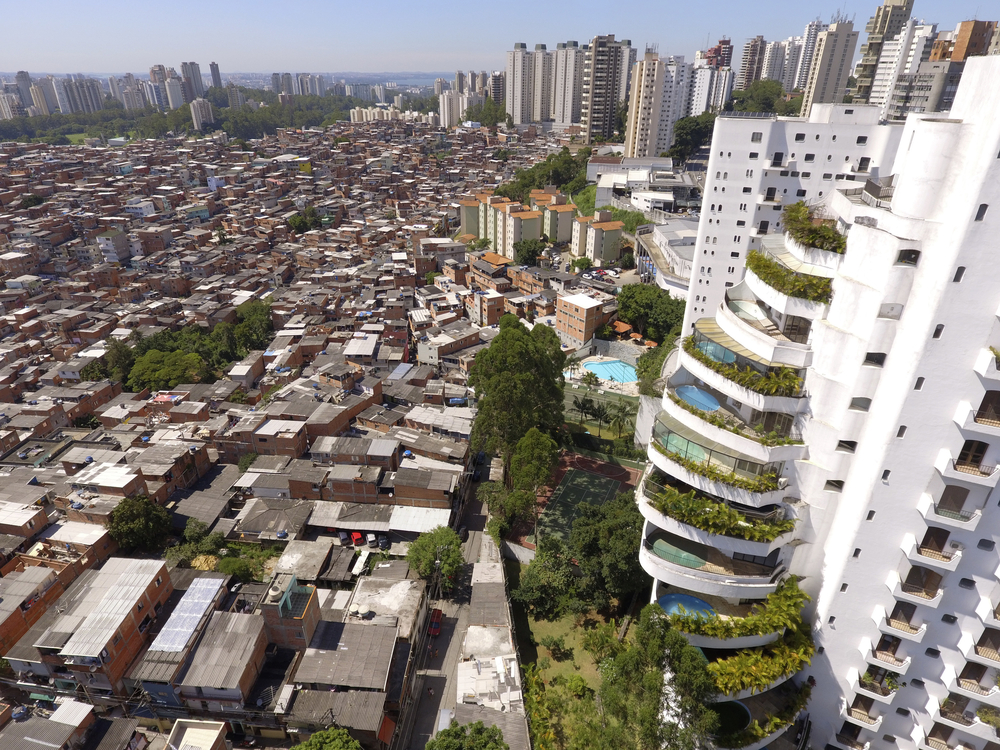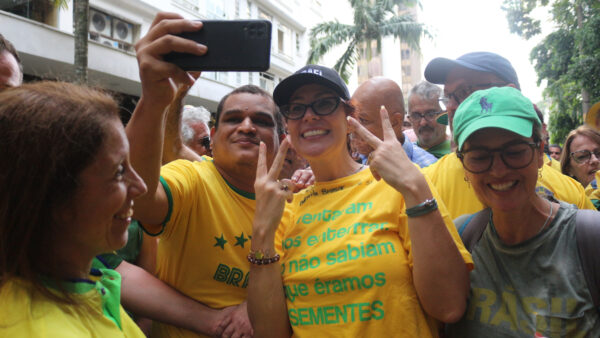The 2019 edition of the United Nations’ Human Development Report is out—and it paints a grim picture of Brazil. Between 2017 and 2018, the country advanced little when it comes to healthcare coverage, education, and income—despite a positive trend that had started in the 1990s. The results come less than a week after the OECD’s Pisa test (Program for International Student Assessment) showed stagnation over the past decade.
As it was with the Pisa scores, socioeconomic disparities may be the root of the problem.
The UN’s Human Development Index is a measurement of countries’ achievement of key socioeconomic indicators—running a score between 0 and 1. Over the past year, Brazil advanced a meager 0.001, to an HDI of 0.761—higher than the average for Latin America and the Caribbean (0.759), but behind nations such as Mexico. Despite being one of the top 10 largest economies in the world, Brazil ranked only 79th of 189 countries.
As the UN warns, it would be unfair to compare a country’s performance to the previous ranking due to the likelihood of the figures being revised at a later point. So, the best way to measure progress is by analyzing the country’s own indexes over time.
In this sense, between 1990...


 Search
Search






































